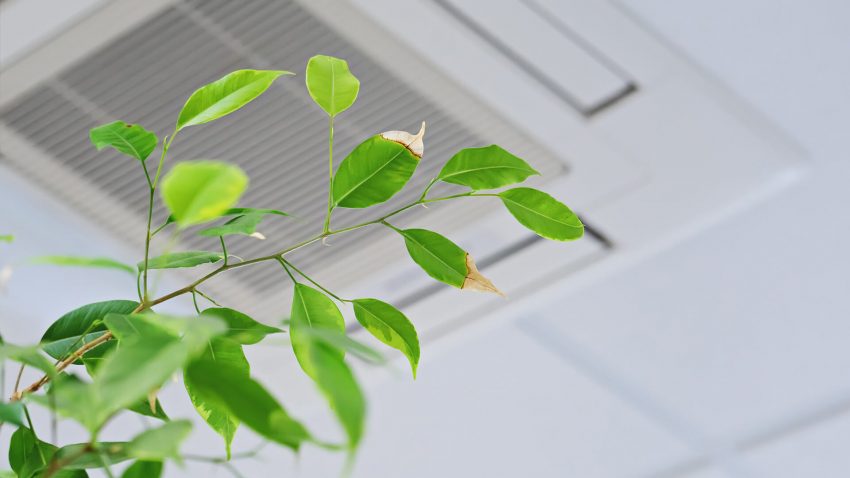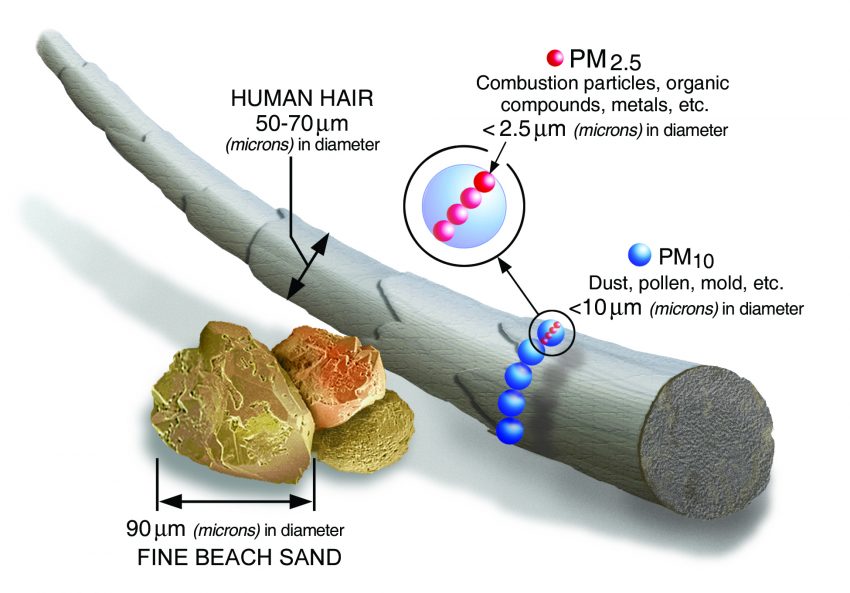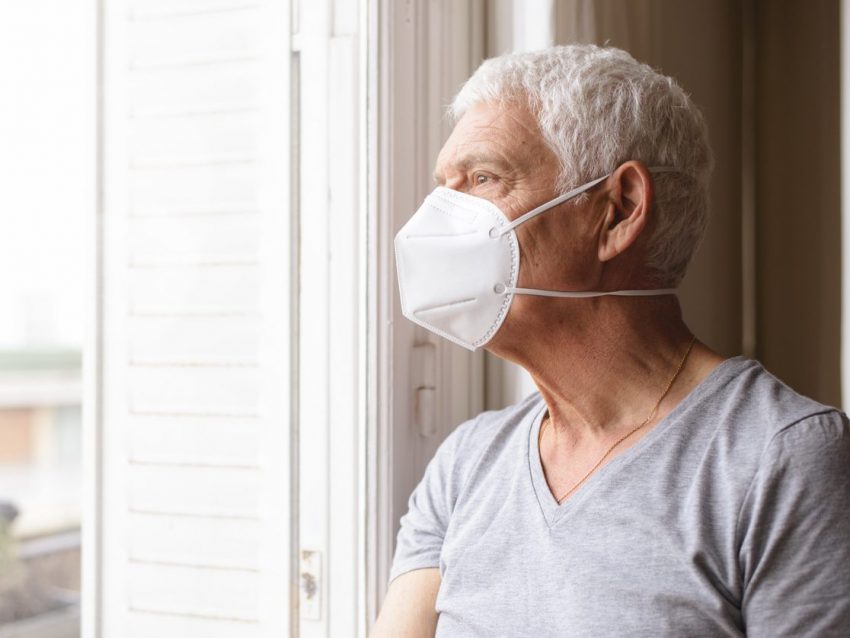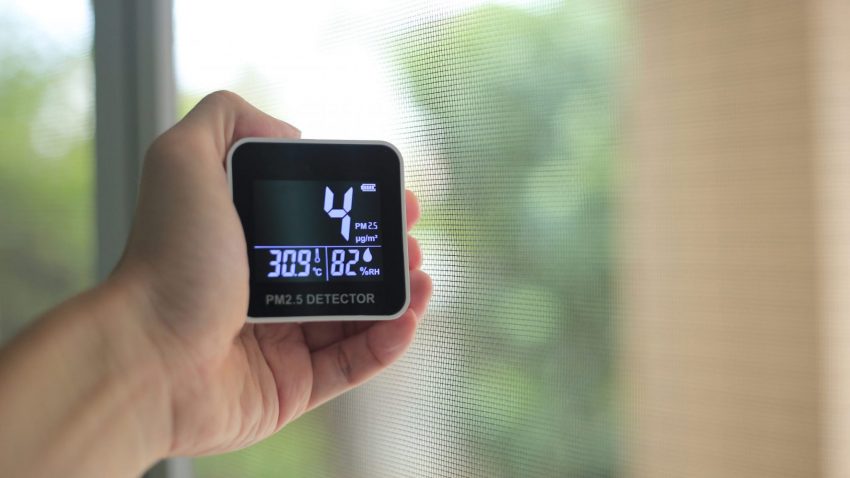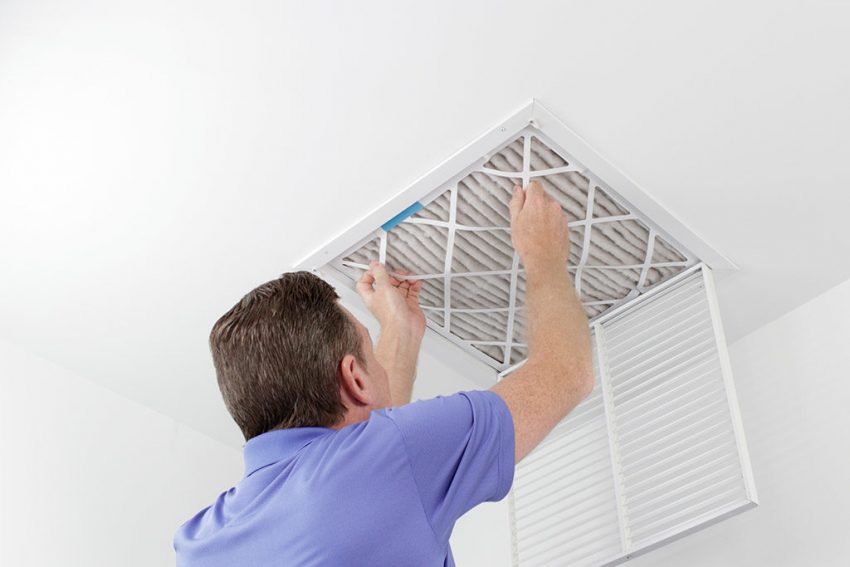Causes of indoor air pollution
Identifying the source of potential pollutants in the air is an important step in maintaining good overall indoor air quality. There are five main areas to consider.
The source of some of the most imminently dangerous indoor pollutants is usually the furnace or heaters. Burning fossil fuels like natural gas produces several dangerous compounds, including carbon monoxide and nitrogen dioxide. Always ensure your heating equipment is properly installed and routinely maintained. If you don’t invest in any other kind of indoor air monitoring, ensure you have a carbon monoxide detector.
Mold loves wet environments, and an untended leak will quickly attract its own colony. While most molds are harmless, some, such as black mold (Stachybotrys chartarum) can be dangerous to humans. Black mold grows on high-cellulose materials such as wood, gypsum board, and paper. That means if you have a leak in a building, it provides an ideal environment for black mold to grow. Check your water pressure and usage to spot leaks fast, and pay attention to corners where condensation regularly occurs. You can treat surfaces with antifungal washes to prevent mold growth, and increasing air circulation can stop condensation from forming.
Most property owners are aware of the risk of asbestos, which was widely used in construction materials such as floor and ceiling tiles and textured surface coating. Even today asbestos remains in use in the USA, although it is regulated by the EPA. Asbestos is still commonly found in roofing products, gaskets, and more. Asbestos is only harmful when it is inhaled, so as long as it remains intact it doesn’t pose any known health risk. However all potential sources of asbestos should be tested by a professional prior to any construction work, and removed by specialist companies if asbestos is detected. Care should also be taken to prevent damage to any materials that may contain asbestos.
Related: How to do a post-construction clean properly
Even if your premises is new enough for asbestos to be of little concern, modern construction materials may pose other risks to those inside. Formaldehyde is a common preservative used in the manufacture of composite wood products (hardwood plywood, particleboard and medium-density fiberboard), building insulation, glues, lacquers, paints, fabrics, and more. Almost every building will contain several sources of formaldehyde. While individually they may not produce enough formaldehyde to become a problem, building managers should ensure there is adequate ventilation, especially in new or recently renovated properties.
The final concern construction materials pose is from VOCs. These are gases emitted from materials such as paints, varnishes, solvents, preservatives, cleaners, disinfectants, construction materials, copy paper, and marker pens. That sharp scent most of us enjoy of “fresh paint” or “new car” is often a hallmark of VOC emissions, although not all VOCs have an aroma. Most VOC exposure occurs indoors, where concentrations can be up to ten times higher than outside. While the majority of VOCs cause low-level irritation, prolonged exposure to some can result in liver, kidney, or nervous system damage, so it’s important to keep areas well ventilated.
Some indoor pollutants are introduced either deliberately or through carelessness. If you’re busy fighting a fly infestation in the office kitchen, you might not think about the effects the bug spray you’re using is having on the air quality in the rest of the building. As a rule of thumb, whenever you want to introduce pesticides into a building, it’s better to hire a pro to do the job. Not only will they use the most effective treatments, they’re also trained in how to use their products safely around people.
Tobacco smoke and vehicle exhaust fumes can also inadvertently end up affecting indoor air quality, even in smoke-free buildings. If smokers congregate near doors or open windows, for example, the smoke can easily waft inside. And if the building is in a city center or other high-traffic area, consider the impact of vehicle fumes before opening a window.
Sometimes pollutants occur naturally in the surrounding environment. The most obvious example is radon gas, which is caused by the breakdown of natural radioactive elements in the ground. The EPA monitors radon levels in the USA and while there is no “safe” amount of radon exposure, they advise that homes with radon levels of four picocuries per liter (pCi/L) or higher should take measures to address the problem. (A picocurie is a measure of radioactive decay.)
Counties are categorized according to three risk zones. Zone 1 counties have the highest potential to exceed 4pCi/L of radon. Zone 2 counties are predicted to measure 2-4pCi/L, and Zone 1 counties are the lowest risk, averaging less than 2pCi/L. While there is some variation between counties depending on the geological makeup of each specific area, the south-eastern states and north-westernmost counties are in the lowest risk zone, while much of the Midwest and Appalachia is in the highest risk zone. Regardless of zone, each property should undergo its own radon assessment, as small pockets of radioactive material in the ground can cause one building to have high radon readings even if all the neighboring buildings are below the danger threshold.
